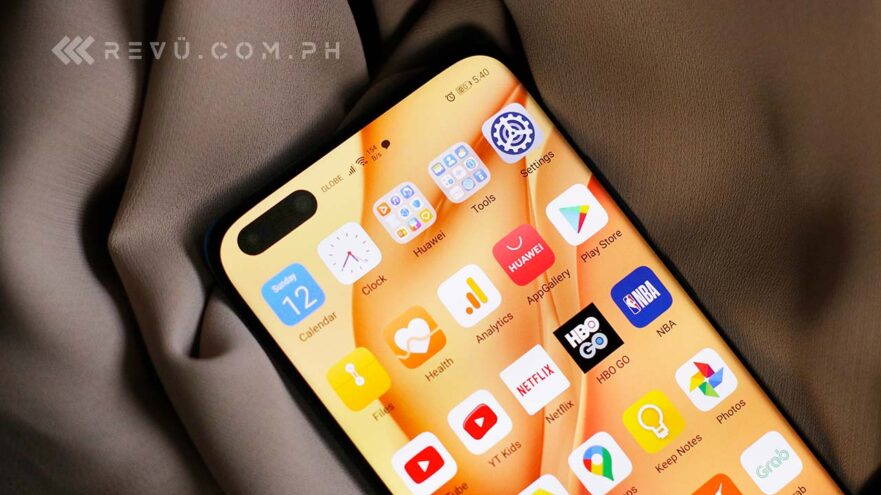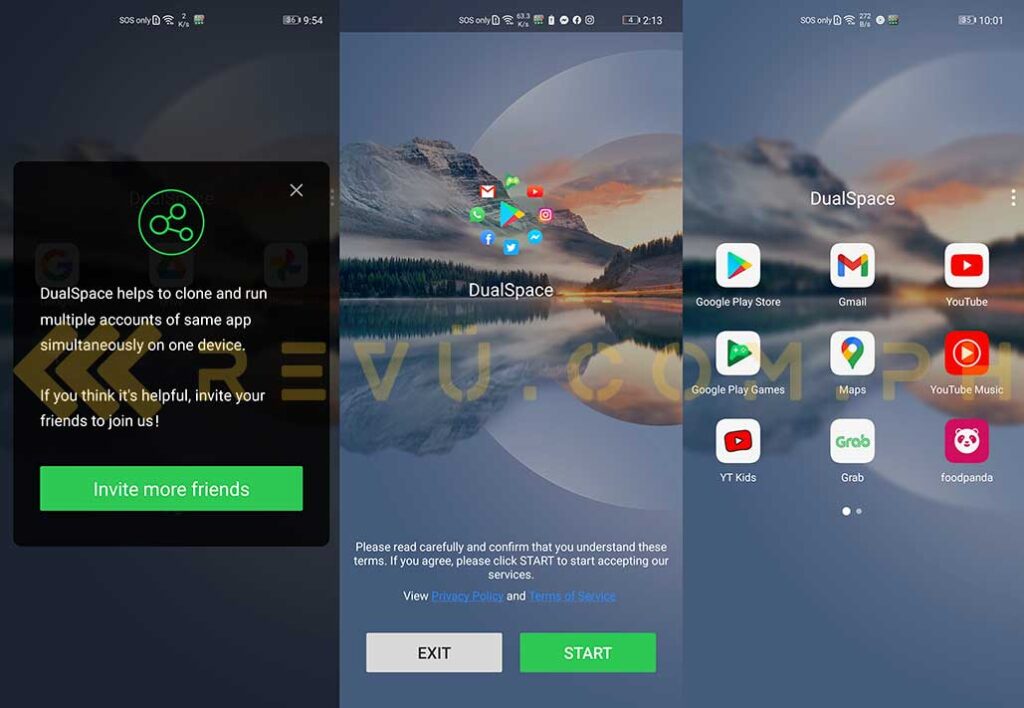Huawei has been effectively left without access to Google and many of its Android applications. Many of the company’s current models — including the Huawei Mate 40 Pro, which runs the latest EMUI 11 software and is an already excellent flagship smartphone sans Google’s help — would have been much easier to recommend if they could run the Play Store, YouTube, Drive, Photos, and a lot more first-party Google apps.
SEE ALSO: How to easily install, update apps on HMS-based Huawei devices using the new Petal Search widget
But what if they can now? Apparently, there’s a virtual-machine app called DualSpace that lets you run the Play Store plus all other Android applications within a seamless virtual environment. Those last few words are crucial, because we’ve tried a bunch of other similar software on our Huawei devices before, but none of them work quite as good as DualSpace.
You can download DualSpace using this link. Simply open the app after completing the download, sign in using your Google account credentials, and use the Play Store to download applications. As a drawback, the apps you purchased via the Play Store won’t carry over to the virtual environment DualSpace creates. Your subscriptions won’t, too, although they appear in the Play Store’s Subscriptions tab.
We haven’t tried to run all our favorite apps yet, but those we’ve opened were very responsive. It’s as if the system was running them natively and not in a virtual environment. YouTube, YouTube Music, YouTube Kids, Gmail, Maps, Earth, Classroom, Meet — all these Google software seem to work fine, except for a few hitches. Background playback on both YouTube and YouTube Music works as well.
The biggest downside we’ve encountered so far is the absence of notifications on apps that run in DualSpace. That means no Gmail notifications, so we still suggest using the native Huawei Email application. Otherwise, for the most part, it seems that DualSpace is currently the easiest and most convenient way to access Google apps on modern Huawei phones and tablets. It obviously isn’t ideal, but it gets the job done on any device regardless of EMUI version.
Via XDA Developers
Share this Post




